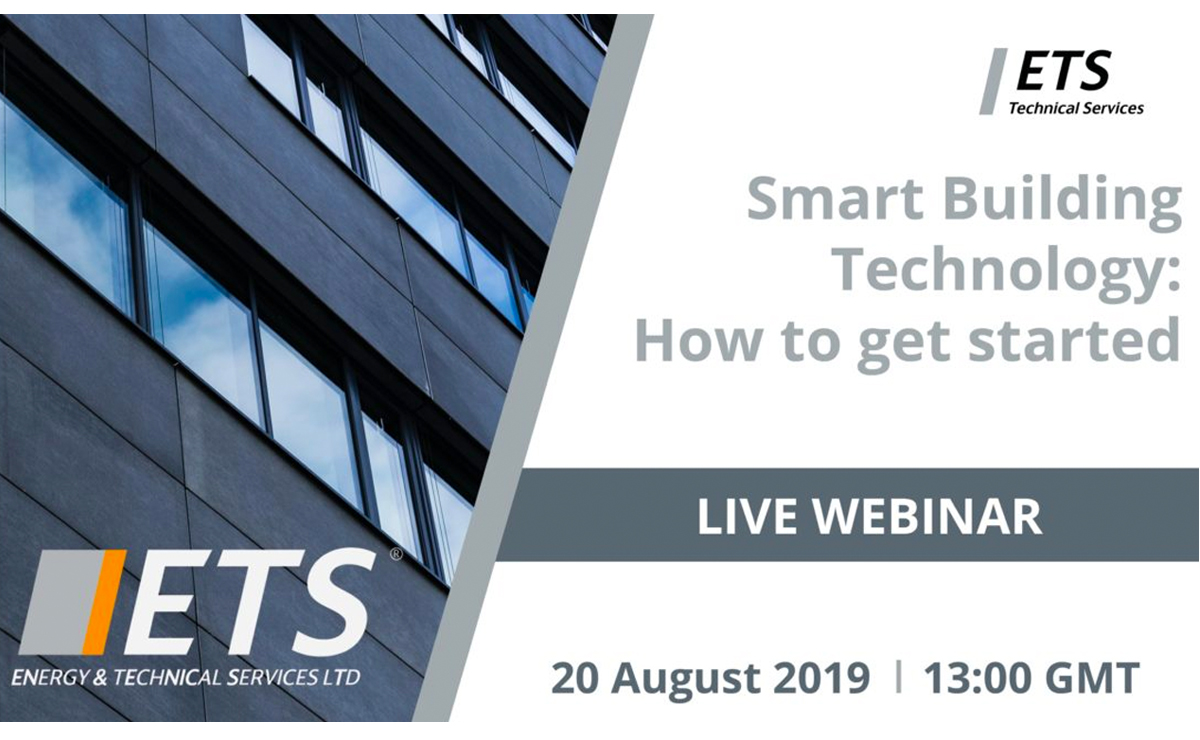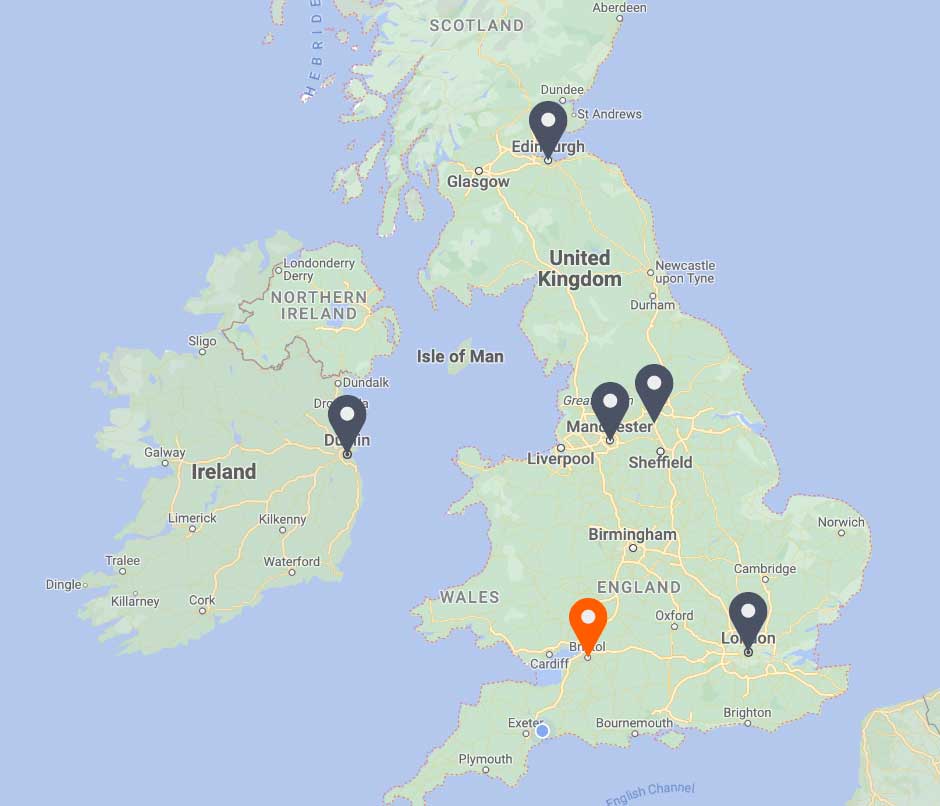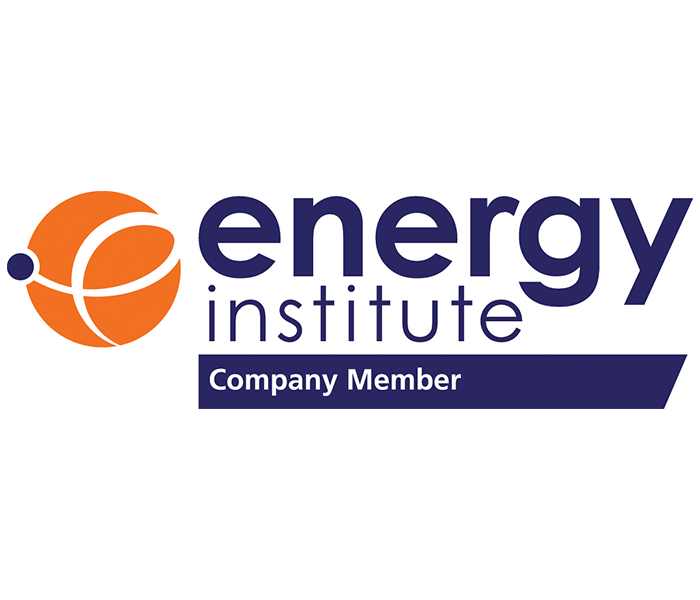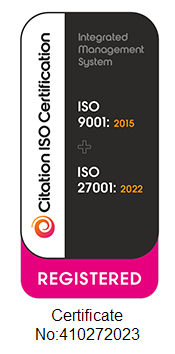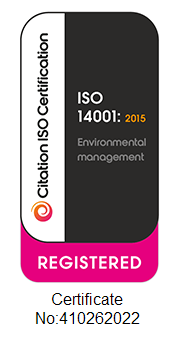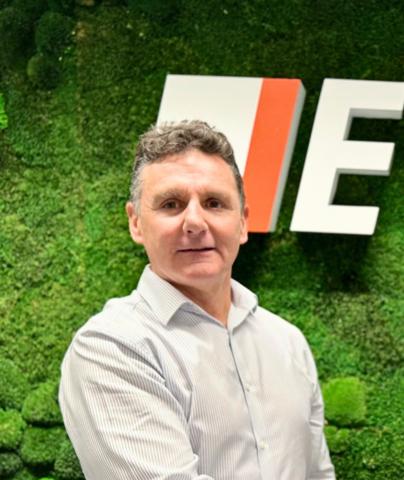THIS ARTICLE AT A GLANCE
CONTACT ETS
If you have any questions or would like to discuss further what you should be doing, ETS is here and willing to help.
Call 0117 205 0542
Email enquiries@energy-ts.com
Submit a contact form
CHECK OUR SERVICES
BeMS – One size doesn’t fit all!
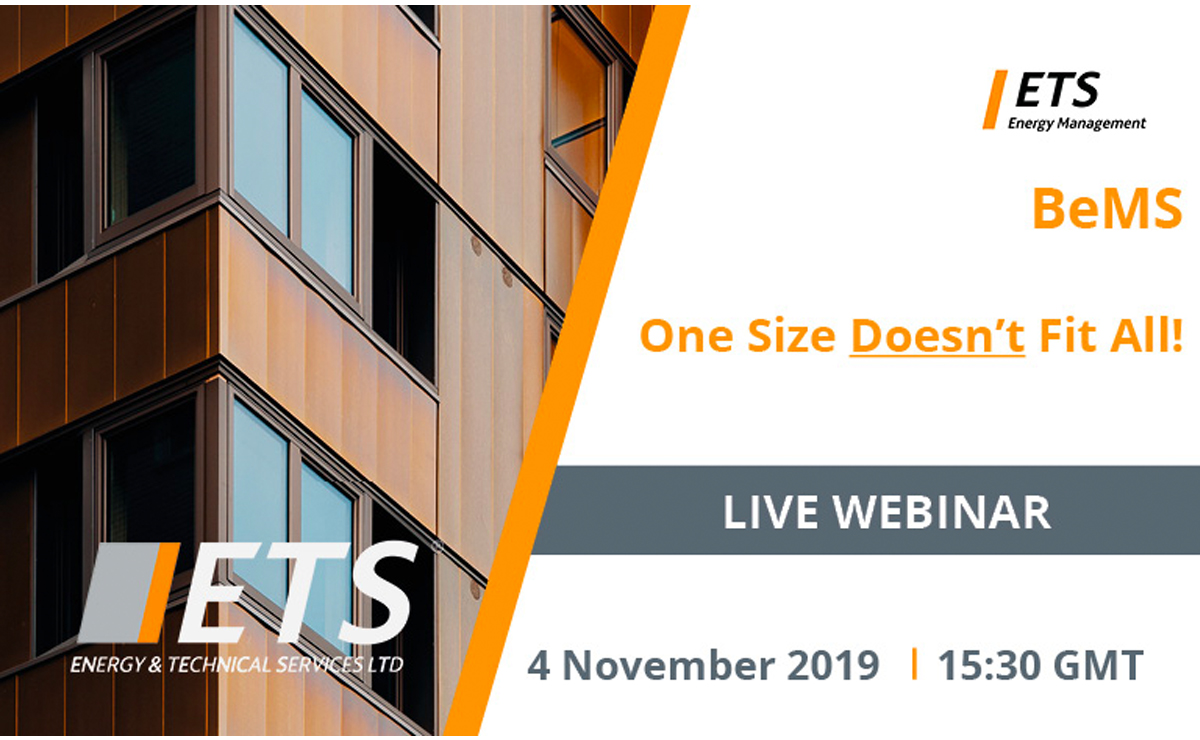
This Webinar will focus on BeMS in the Built Environment, highlighting common problems such as legacy equipment, redundancy, OEMs, suppliers, closed protocol systems and the like. We will then discuss on how the end user would define their own outcome based solutions.
Recent years have seen rapid advances both in terms of the equipment capabilities, and the sheer number of manufacturers in the market, whilst the evolution of IoT has resulted in an explosion of data available, so how does the client know which manufacturers solution is best for them?
Therefore, migrating or upgrading your BeMS technology can seem like a daunting task. Consequently, in order to gain the real value from these systems, decision makers must filter through the wide variety of technologies available on the market and assess the suitability of each.
Join us on Monday 4th November at 15:30-16:30 to learn more about this topic.
Key Learning Outcomes
This webinar provides a brief guide into common misunderstandings and problems, how to assess suitable solutions and technologies and ensuring you maximise the benefits of the chosen solution.
If you missed this live webinar, you can catch up by watching here.
Speaker

Phil Warren, Managing Director
Phil has over 25 years’ experience working as a building services engineer. He is a Chartered Energy Manager, ISO 50001 Lead Auditor, ESOS Lead Assessor and the Chairman for the Energy Institute South West and South Wales Branch. As the Managing Director, Phil is responsible for the development of the company, both in terms of securing new opportunities and continuing to expand the business. Drawing on his extensive experience, Phil continues to provide guidance to the ETS team through sharing industry knowledge, identifying new energy saving initiatives, as well as quality managing internal processes.Final thoughts
If you are looking for an energy management system that is tailored to your business needs, ETS can provide you with 25 years of experience in dramatically improving energy efficiency and reducing environmental impacts. Whether your businesses have individual assets or large international portfolios, ETS can assist you in saving substantial amounts of money while significantly reducing your carbon performance.
To discuss your requirements, get in touch. You can contact us by calling 0117 205 0542 or drop us an email at enquiries@energy-ts.com.
This Webinar will focus on BeMS in the Built Environment, highlighting common problems such as legacy equipment, redundancy, OEMs, suppliers, closed protocol systems and the like. We will then discuss on how the end user would define their own outcome based solutions.
Recent years have seen rapid advances both in terms of the equipment capabilities, and the sheer number of manufacturers in the market, whilst the evolution of IoT has resulted in an explosion of data available, so how does the client know which manufacturers solution is best for them?
Therefore, migrating or upgrading your BeMS technology can seem like a daunting task. Consequently, in order to gain the real value from these systems, decision makers must filter through the wide variety of technologies available on the market and assess the suitability of each.
Join us on Monday 4th November at 15:30-16:30 to learn more about this topic.
Key Learning Outcomes
This webinar provides a brief guide into common misunderstandings and problems, how to assess suitable solutions and technologies and ensuring you maximise the benefits of the chosen solution.
If you missed this live webinar, you can catch up by watching here.
Speaker

Phil Warren, Managing Director
Phil has over 25 years’ experience working as a building services engineer. He is a Chartered Energy Manager, ISO 50001 Lead Auditor, ESOS Lead Assessor and the Chairman for the Energy Institute South West and South Wales Branch. As the Managing Director, Phil is responsible for the development of the company, both in terms of securing new opportunities and continuing to expand the business. Drawing on his extensive experience, Phil continues to provide guidance to the ETS team through sharing industry knowledge, identifying new energy saving initiatives, as well as quality managing internal processes.

































